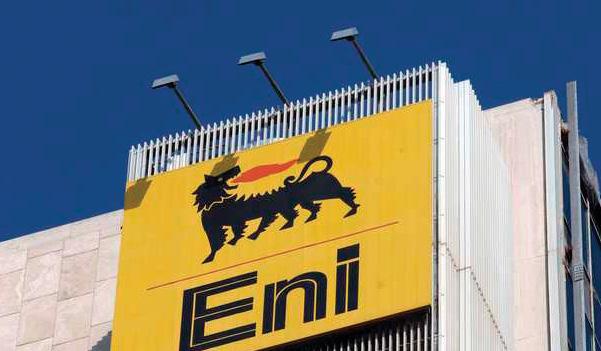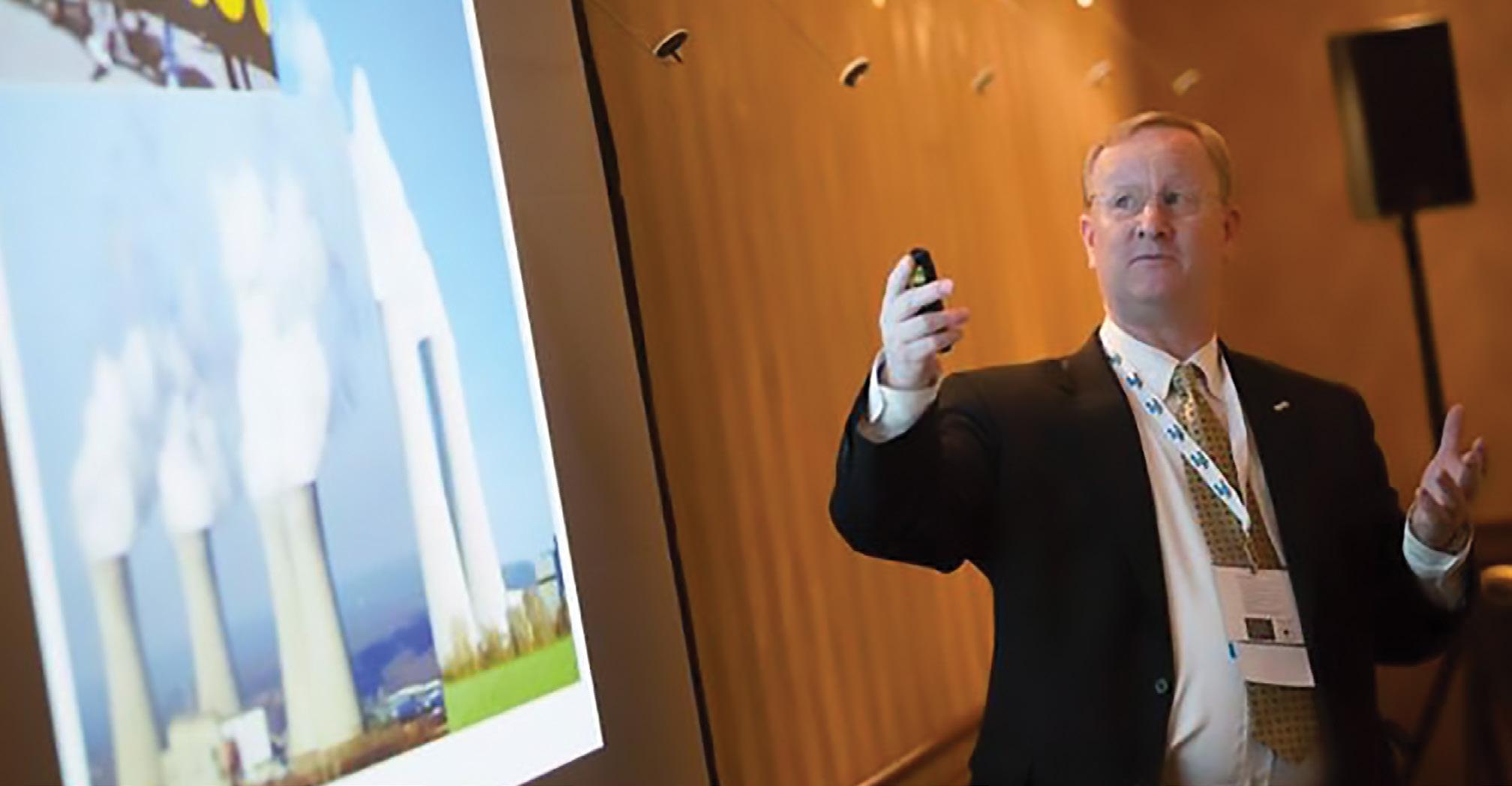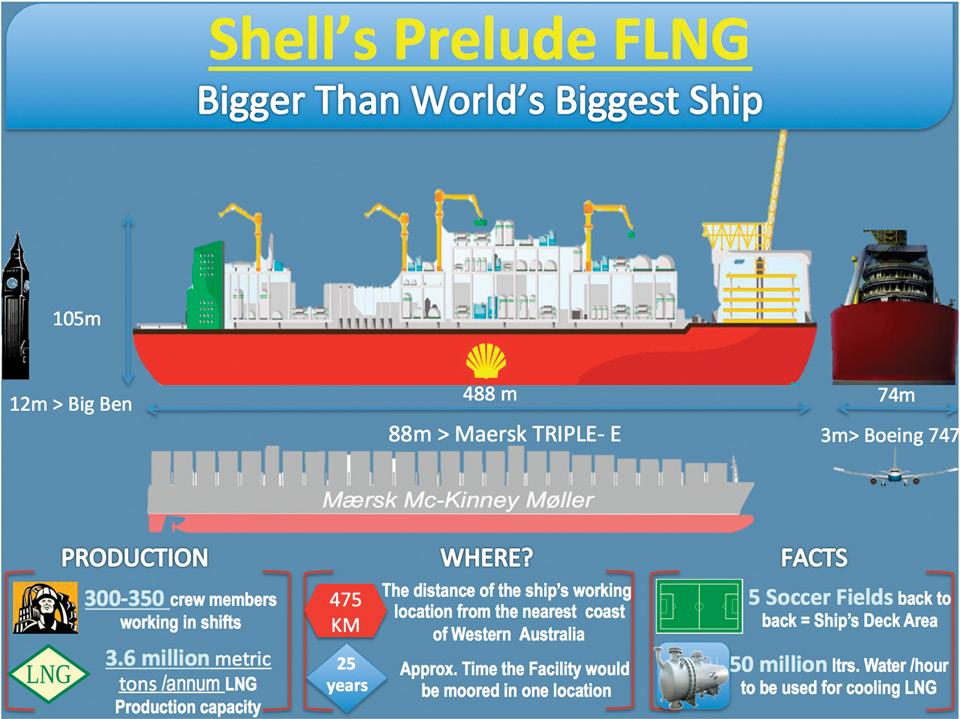
7 minute read
INDUSTRY THRESHOLD
Improving Reservoir History Matching of EM Heated Heavy Oil Reservoirs via Cross-Well Seismic Tomography
Klemens Katterbauer Research Assisstant, King Abdullah University of Science and Technology (KAUST)
Advertisement
Most of the world’s largest reserves are composed of different viscous oil types and found in many environments across the globe and extracting these resources is of substantial interest for the industry. Increasing recovery rates from existing oil reservoirs by extracting viscous components is a key challenge for the oil and gas industry. One method for recovery is the Electromagnetic (EM) heating via high frequency EM radiation. It is the process of applying a high-frequency electrical field to the reservoir formation, causing the molecules of the fluids and rocks to vibrate, thus leading to an internal generation of heat. The generated heat leads then to an increase in temperature of the oil-bearing formation, resulting in a reduction of viscosity. It further enables a more uniform heating of the medium, allowing the targeting and heating of certain parts of the reservoir using directional antennas. It has attracted attention due to its wide applicability in different environments, efficiency, and improved controllability of the heating process.
EM heating has been conducted for real reservoir studies in Russia, and the United States. Bridges et al. conducted field tests of tar sand heating at Asphalt Ridge, Utah, USA, showing that the temperature could be raised to more than 473 K with recovery rates being around 30-35 % after only 20 days. It was expected that the continuation of heating would have further increased recovery rates with minimal power losses experienced. While there have been extensive laboratory and field studies on the effects of EM heating on oil reservoirs, relatively limited researches have been done for understanding and modeling the effects of EM heating on reservoir history matching and forecasting. Changing reservoir fluid properties by heating effects may significantly alter reservoir structure and saturation, leading to increased uncertainty in production forecasts and estimation of reservoir properties.
Since the industry works on improving formation knowl edge, accurate tracking of oil reservoirs, optimizing production, and reservoir imaging techniques have attracted extensive research efforts, especially Crosswell imaging techniques. Crosswell seismic imaging operates by placing a source (acoustic wave source) and receiver in different wells. The source emits acoustic waves that propagate through the rock formation, which are then detected by the receiver. A change in the fluid content and fluid distribution leads to a change in arrival times and amplitude changes. Despite the significant advances in seismic technologies, a major problem faced with seismic waves is the poor distinguishability between hydrocarbons and injected water. We have developed a history matching framework for EM heated heavy oil reservoirs incorporating seismic data attribute responses for improved reservoir forecasting via an Ensemble Kalman Filter (EnKF). The framework is capable of handling the arbitrary heterogeneity and ex
tensive simulations for a variety of different heating levels, exhibiting enhanced forecastability and reduced uncertainties. The framework of the EM heated reservoir model incorporating seismic is illustrated in Figure 1. Upon specifying the geological model, the parameters are forwarded to the reservoir simulator that interfaces directly with an EM heating module. The reservoir states and parameters are then transferred to the seismic module, followed by a history matching update step. The updated status and parameters are then returned back to the reservoir simulator, and then stepped forward in time.
In order to determine EM heating, we assume an installa
tion of an array of microwave antenna heating modules that
uniformly heat the reservoir. Given the power emitted from
the heating modules, we use the thermodynamical relationship based on Fourier’s Law, given by: C vh ∆T= ∆Q, (1) Where C vh is the volumetric heat capacity, ∆T is the temperature difference, and ∆Q is the amount of heat transferred from the heat source. The volumetric heat capacity is computed as the harmonic average of the oil and water phase subjected to water saturation. After obtaining the temperature of the heated formation, the viscosity of the water and oil phase can then be computed using Andrade’s relationship: μ α = A α e Bα/T , (2) Where μ α is the viscosity of the phase α (α=o,w), T is the temperature of the formation, and A α ,B α are parameters estimated using a regression analysis given the data.
A study was conducted on a reservoir 2 km in length and width, and around 25 m in Z direction, and represents a Cenozoic sedimentary rock reservoir structure found in the Arabian Peninsula. The rock structure is assumed to be consisted of sandstone with porosity and permeability
Figure 1: Flowchart Representation of the EM Heating History Matching Incorporating Seismic Surveys values obtained from initial simulations via Petrel. The porosity values range between 0.08 and 0.32, and the permeability distributions contain values within the range from 145 to around 892 milliDarcy. We start our evaluation of the results by analyzing the changes in reservoir production for increasing power applied to the reservoir and present a comparison. The gradual increase in the power applied to the EM heaters leads to a significant increase in the flow rates and displacement of the hydrocarbons. The reduction in viscosity and consequently higher velocities is manifested in an increase in the ensemble spread, causing production drop from considerably less than a year to almost 6 years. Since fluid velocities increase, the history matching shows poorer performance by providing inaccurate production level estimates. The initial viscosity decrease is strong, leading to a significant increase in the fluid velocity (as shown upon application of 10 kW in Figure 2). The exponential relationship between the viscosity with respect to temperature for increasing ensemble size. When using only well information, the different ensembles may fail to capture longer production times. Production decrease may be misestimated by as much as five years, and this could lead to considerable production losses. In addition, the strong production increase may not be captured at all for well data, only matching, which may evolve into a hazardous situation, and due to the emergency measure may damage the well – the reservoir interface. With the incorporation of seismic data, the matches and prediction are considerably improved, and the essential reservoir dynamics are captured. Since the matching of production levels only may be aligned tighter to the true reservoir pressure during marginal water cuts and decommissioning time, the seismic data’s ability to capture the propagating waterfront assists in capturing the delayed pressure increase. This may avoid overpressuring the reservoir, which causes a potential blowout and hence, economic losses. We present in Table 1 an overview of the average matching improvements obtained from the simulations. The results clearly indicate an overall improvement in history matching from the inclusion of Crosswell seismic data.
Average Matching Enhancement using Seismic data(compared to production data matching only, Ensemble Size: 80)

Oil Prod.(Avg Wells)
Water Cut (Avg Wells)
Injector Pressure 10 kW 30 kW 70 kW 100 kW
17.75 % 23.08 % 42.94 %
18.70 % 24.41 % 46.13 %
-35.06 % -11.51 % 10.36 % 30.58 %
34.30 %
10.40 %
Cumulative Oil Prod.
Cumulative Water Cut 27.23 % 42.26 % 83.20 % 55.17 %
22.64 % 31.84 % 60.43 % 45.76 %
Table 1: Average Matching Enhancement Compared to Only Production Data Matching for Different Power Levels.
Figure 2: Production Levels for a Producer Well for Increasing Power Applied (10 KW Ensemble Size 20)
leads to a leveling out of the viscosity with the marginal fluid velocity increasing nearly to zero. This effect yields only a marginal uncertainty increase. To evaluate the impact of the ensemble size on the EnKF performance, we figured out the history matches for the four different producing wells, as estimated by the EnKF with three different ensemble sizes 40, 80 and 120. Comparing the obtained individual figures displays the challenges the assimilation of an only production has in enhancing matching To conclude, we have presented a history matching framework for EM heated heavy oil reservoirs incorporating Crosswell seismic data that generate the EnKF. Gradual increase of the emitted heat leads to an increase in the velocity of the oil phase that consequently increases the production output of the wells. With increasing flow rates, the ensemble spread increases significantly and shows a significant impact of heating on reservoir forecasts. The presented history matching framework for heavy oil reservoirs incorporating EM heating and Crosswell seismic data enables comprehensive study of the effects of heating on the production as well as the ability to efficiently and accurately history match, and forecast production from heavy oil reservoirs.






